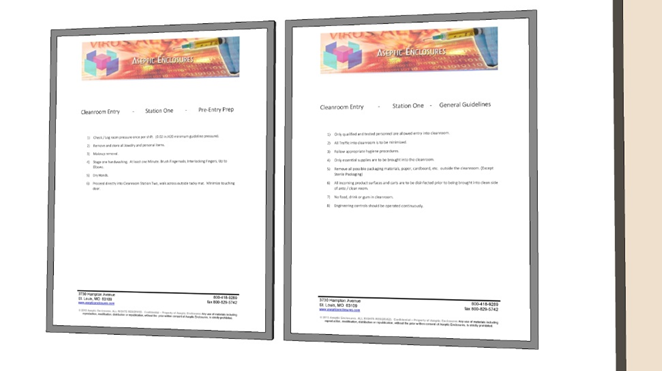Environmental Sampling Test Supplies
USP <797> outlines three risk levels for compounding sterile preparations: low, medium, and high. The risk level is determined based on the likelihood of contamination, the number of manipulations involved in compounding, and the environment in which compounding occurs. For low-risk compounding, which involves aseptic manipulations using only sterile components and equipment, the minimum requirement […]
Environmental Sampling Test Supplies Read More »
USP <797> outlines three risk levels for compounding sterile preparations: low, medium, and high. The risk level is determined based on the likelihood of contamination, the number of manipulations involved in compounding, and the environment in which compounding occurs. For low-risk compounding, which involves aseptic manipulations using only sterile components and equipment, the minimum requirement





